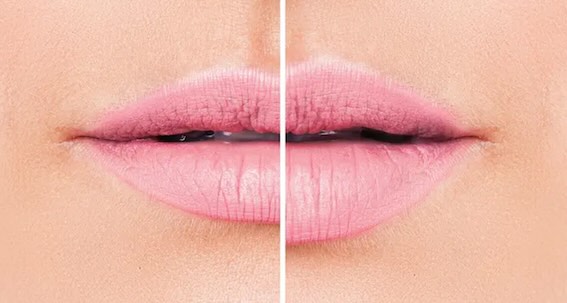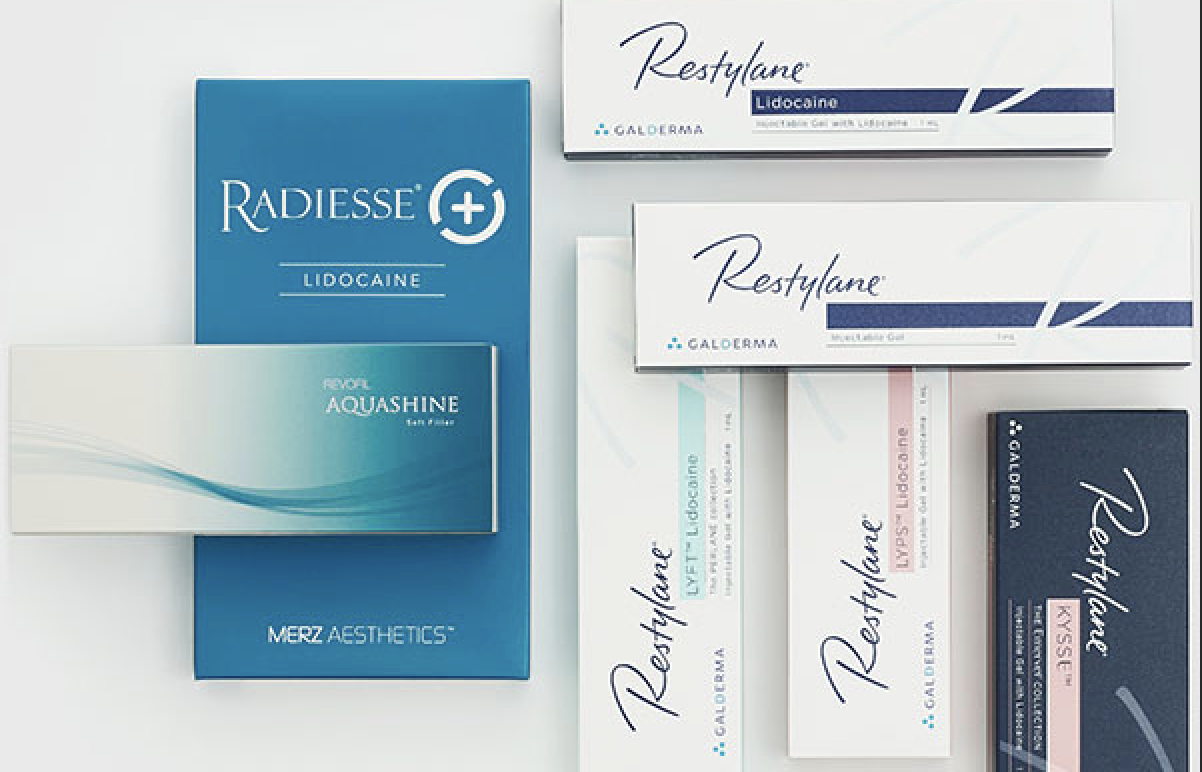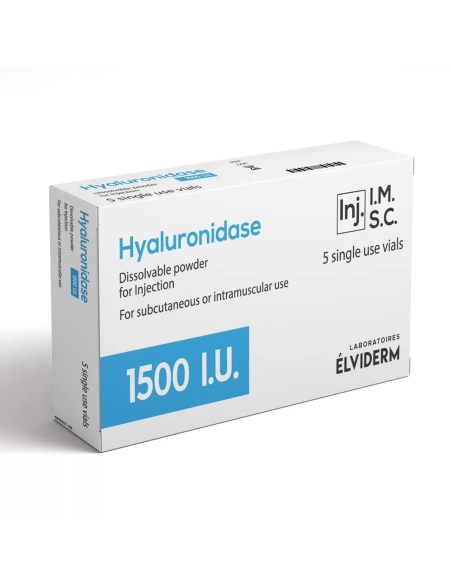- Dermal Fillers
- Hyaluronidase
Hyaluronidase, all questions answered

The concern for aesthetics and eternal beauty originated with human emergence. However, medicine has changed throughout time, especially with the new entrance of cosmetic dermatology, yet approaches and procedures changed as the field had been revolutionized. Currently, society and social media encourage what is called aesthetic surgery, particularly non-invasive aesthetic procedures, that include dermal fillers, PDO Threads, Lipo-therapy (or lipolysis injection for fat reduction), chemical peels, body contouring, and many more. As all serve to improve self-appearance under safe circumstances. Statistically speaking, in 2021 there were over 5.5 million non-surgical cosmetic treatments in the United States. Fortune business insight mentioned that the universal dermal fillers market is expected to reach 8.74 billion dollars by 2029. This reflects how efficient and effective dermal fillers are in the rejuvenation of aging skin.
The fastest growing HA dermal filler brands on the market include Restylane, Juvederm, Belotero, and Teoxane which all belong to the hyaluronic acid family, and are known for being safe and controllable dermal fillers, with the option of reversibility in case of undesirable results or botched outcomes. In such cases, the solution comes with Hyaluronidase enzyme injunctions to mainly correct a displaced or overfilled HA product in any area.
Hyaluronic acid injections have grown in popularity as the use of cosmetic HA filler for treatment has skyrocketed over the past 10 years. The popular fillers Juvederm®, Restylane®, Juvederm Voluma, and Belotero are only a few examples. The practice of cosmetic dermatology has been transformed by these dermal fillers. Facial rejuvenation has never been simpler due to the durability of these hyaluronic acid fillers and the ease of the procedure. Dermal fillers made of hyaluronic acid are an excellent solution for many cosmetic issues. They can restore lost facial volume and cure both shallow and deep wrinkles to produce cosmetic rejuvenation that looks natural.
This article is under the purpose of answering all possible questions about Hyaluronidase injection and its usage in aesthetic medicine.
What’s Hyaluronidase enzyme?
Hyaluronidase may be defined as a natural enzyme produced by the body that works as an adjuvant to distribute different kinds of liquids in the human core. Aesthetically, Hyaluronidase injection is used to decompose and break down the HA filler when the outcome is unsatisfactory.
What is the relationship between Hyaluronidase and dermal filler?
Hyaluronidase is the antidote that scatters the substance called hyaluronic acid which is also naturally produced by the body. Although this substance can be reduced as individuals age, hyaluronic acid dermal fillers are administered to maintain rejuvenation. Hyaluronidase as an enzyme is used in this case to correct and reverse results due to the displacement or overfilling of hyaluronic acid dermal filler.
Hyaluronidase injection therapy is an easy and practical process. Your licensed doctor will first meet with you to learn more about your current hyaluronic acid filler results, your medical history, and any medical photos you may have. You will then work together to develop a treatment plan that best suits your needs. Then, in order to undo the effects of the initial hyaluronic acid filler treatment, your doctor will inject hyaluronidase into the treated area. You don't need to take any time off after the procedure to resume your regular activities. The appearance of the prior dermal filler will be completely reversed for the majority of patients, though some might require a second or third hyaluronidase treatment.
After your initial treatment, it is best to wait two weeks to see how the dermal filler settles into the tissue in order to get the most accurate results for reversing the appearance of hyaluronic acid filler. The hyaluronidase injections themselves have the potential to cause minor swelling (in some cases). Your doctor can administer additional hyaluronidase injections at this point to restore your natural facial contouring if you are dissatisfied with the results or if you experience uncommon side effects like HA lumps under the skin.
Hyaluronidase activity and your natural tissue.
Your own tissue is not broken down by hyaluronidase. Hyaluronidase injection can only dissolve the hyaluronic acid gel that naturally occurs in your body if injected in large dosages, but it cannot dissolve your connective tissue. Only hyaluronic acid can be broken down by hyaluronidase, which can be found in the body naturally or administered via injection. As a result, the myth that normal tissues are broken down by hyaluronidase is busted. If the hyaluronidase dose is larger than normal, some patients may occasionally notice that their skin appears depleted, but this is entirely due to the temporary absorption of hyaluronic acid gel. The skin usually recovers its hyaluronic acid levels within a few days or, in rare circumstances, over the course of a few weeks following a hyaluronidase injection.
The amount of hyaluronidase required to undo the effects of a hyaluronic acid filler must be determined by a certified medical professional because this enzyme can cause complications if not injected safely and in its correct dose. All hyaluronidase treatment plans must be personally created by a medical professional who chooses the appropriate dosage for each patient. In order to maximize the effects of HA injectable treatments and prevent any unhappiness, the "less is more" philosophy should be applied to both filler injection and hyaluronidase treatment.
Multiple hyaluronidase treatment sessions might be required for hyaluronic acid fillers that use cross-linking technology, like Restylane Defyne, Juverderm Voluma, Voleblla, and juvéderm Volux. The recommended amount of hyaluronidase can also vary depending on the formulation of the filler, the concentration of hyaluronic acid, and whether the filler is particulate or non-particulate.
Even though hyaluronidase injections have been proven safe and effective for counteracting the effects of HA dermal fillers in clinical trials, the recommended doses of hyaluronidase in the published studies vary greatly. Because of this, it is advised to rely on professional opinion and exercise caution when applying hyaluronidase.
How quickly does hyaluronidase start to work?
After receiving the hyaluronidase treatment, the effects will begin to show two to three days later. The length of time needed for the full effect of the hyaluronic acid filler to reverse, however, varies depending on the patient. Although some patients may require two or more weeks to fully realize the benefits of the hyaluronidase treatment, the majority of patients see complete results from hyaluronidase injections over the course of a few days. To assess your cosmetic results and determine whether more hyaluronidase is required, it is best to wait two weeks. Injections of hyaluronidase can also result in swelling at the injection site.
What is the difference between Vitrase and Hylenex?
Hyaluronidase is an enzyme that we can find both in human and animal bodies and are classified as bovine hyaluronidase, ovine hyaluronidase, and human-derived hyaluronidase enzyme.
- Vitrase is an animal-based ovine Hyaluronidase enzyme.
- Hylenex is a human-based Hyaluronidase enzyme, recombinant DNA from humans.
Does the Hyaluronidase have any side effects?
Calling it an enzyme means that the human body already possessed it. Hyaluronidase is a component that is naturally produced. Thus, it is highly rare and uncommon to have any kind of side effect. Yet it’s inevitable to develop an allergic reaction such as Angioedema that might be in areas like the face, genitals, hands, and feet. For that reason, it is advisable to consider the patch test to check whether your body adopts Hyaluronidase or not.
How much Hyaluronidase is needed?
Depending on the type and quantity of hyaluronic acid dermal filler that was initially injected during your facial rejuvenation treatment, the specific dosage of hyaluronidase will be determined by your doctor during the assessment to dissolve your hyaluronic acid filler. It is entirely possible that a patient will need multiple vials of hyaluronidase to completely dissolve the filler product if multiple syringes of HA filler were injected during a dermal filler treatment session. Each patient is unique.
What are the contraindications of Hyalurolidase?
- It is not advisable to inject hyaluronidase intravenously as it can cause severe effects.
- It’s better not to inject Hyaluronidase if the patient has any sort of severe infection like red and warm nodules to not worsen it.
- It is not preferable to use Hyaluronidase in a large dose in a short period in order not to reduce its effectivity because of its antigenic nature.
- Due to a lack of studies about Hyaluronidase and its relation with pregnancy or breastfeeding patients are better not to be injected with Hyaluronidase and should postpone the procedure.
Can atopic dermatitis patients inject Hyaluronidase?
No, preferably not to inject Hyaluronidase with atopic dermatitis as it works to flare the issue up.
Does Hyaluronidase remove acne scars?
According to several studies, Hyaluronic acid fillers can improve the appearance of scar tissue but not Hyaluronidase. As the former works as an adjuvant to stimulate collagen in the human body based on soft-tissue augmentation.
Can fat be dissolved by hyaluronidase?
Fat cannot be broken down by hyaluronidase. Injections of hyaluronidase are used specifically to dissolve hyaluronic acid filler injections. Hyaluronic acid is a substance that is used to develop collagen fibers and can be effectively dissolved using hyaluronidase. Fat cells are formed in the body through various processes and there are various ways that they can be broken down and metabolized within the body. Moreover, fat cells can be broken down using a number of non-invasive cosmetic procedures like using Aqualyx injections and other lipolysis products.
Does Hyaluronidase repair undesirable Botox/Dysport results?
No, Hyaluronidase only corrects, dissolves, and breaks down hyaluronic acid fillers. Neither Radiesse” calcium hydroxylapatite” nor Botox “neurotoxin protein” can be reversed by Hyaluronidase due to their molecular nature.
Hyaluronidase is regarded as the safety net that reflects how easy it is to handle hyaluronic acid filler complications. Moreover, types and brands of hyaluronidase can vary yet getting severe side effects are scientifically rare and highly uncommon. Individuals should still take into consideration Hyaluronidase’s contraindications to prevent serious implications. Thus people have to choose suitable clinics where the right practitioners or injectors know, how to handle these procedures properly using the right techniques. After all, people are seeking improvement in their physical appearance to increase their self-esteem and not the opposite.
How To dissolve hyaluronic acid filler with Hyaluronidase:
How much Hyaluronidase to use?
Use between 100 and 150 units of hyaluronidase for each 1 mL of hyaluronic acid filler. Highly cross linked fillers such as Juvederm Voluma, Volbella, and related products require a higher dose (150 units). 100 units can easily dissolve fillers that are not highly cross-linked such as juvéderm Ultra, Juvederm Ultra Plus, Restylane L, and Belotero balance.
How to reconstitute Hyaluronidase?
- Reconstitute the vial with normal Saline. Introduce the saline solution in the vial, when the powder is fully dissolved in the saline the Hyaluronidase solution is ready for injection.
- Use 10mL of saline to reconstitute a 1500IU hyaluronidase vial. (You may adjust the saline amount up or down according to the specific concentration needed).
[Remember to discard all unused hyaluronidase left in the vial after treatment].
[local anesthetic can be used before the treatment].
Hyaluronidase where to buy:
Hyaluronidase can be found at many medical supply stores and pharmacies. It can also be compounded on demand at local pharmacies however compounding it on demand might cost much more than buying the hyaluronidase vials ready. You may also buy Hyaluronidase from Marx Med.
How long can you keep hyaluronidase?
Hyaluronidase can be stored for 2-3 years if stored at a good temperature. Depending on the brand of hyaluronidase that you buy, some require to be stored in the fridge and some can simply be stored at normal room temperature. [Always check the expiry date on the vial before injection].
How long does swelling last after hyaluronidase?
It only lasts a few days, depending on the person and the amount of filler dissolved.
Does hyaluronidase dissolve all filler?
Hyaluronidase can only dissolve fillers that are made of Hyaluronic acid. Non-Hyaluronic acid fillers will not be affected at all by hyaluronidase injections.
For example, fillers such as:
Will not be affected by a hyaluronidase enzyme injection.
Dermal Fillers such as:
- Juvederm (such as Juvéderm voluma)
- Restylane
- Belotero
- Teosyal RHA
Will be broken down and totally dissolved by a Hyaluronidase enzyme injection.
Does hyaluronidase affect Botox treatment?
Not at all, hyaluronidase will not interfere with your botox results if you are getting a filler dissolved in the same area where you had Botox done.
Who can administer hyaluronidase:
Nurses, doctors, and medical experts. Always consult with a medical professional before injecting hyaluronidase.
Read our other articles about Hyaluronidase below:


